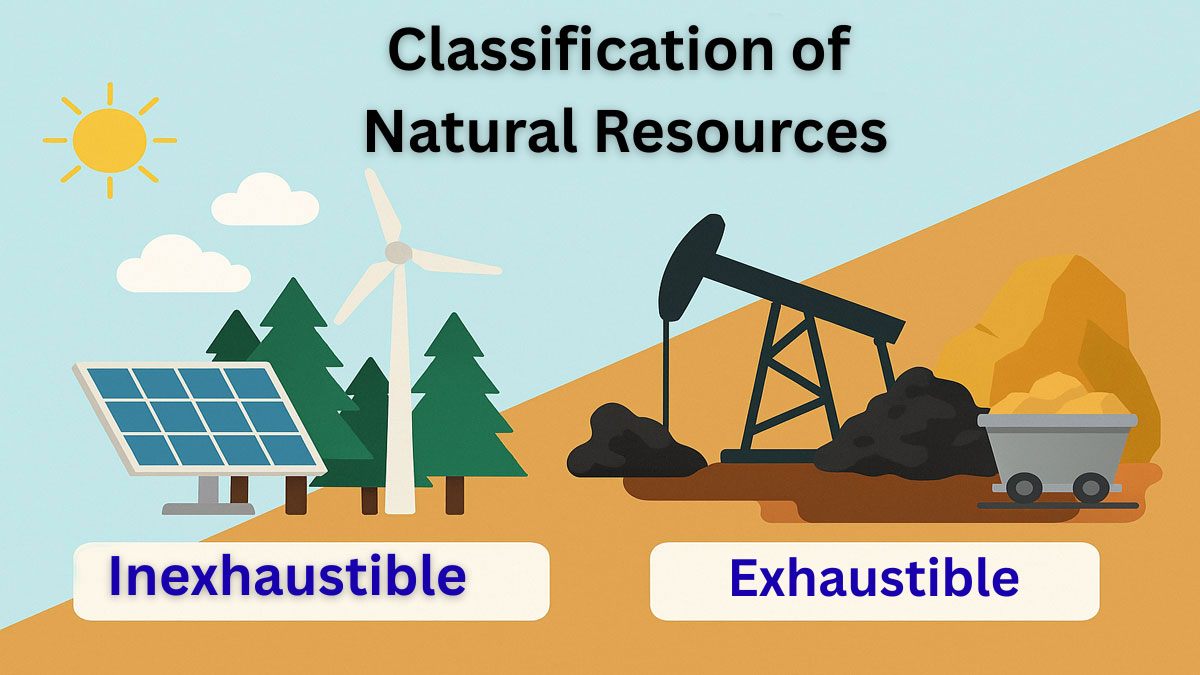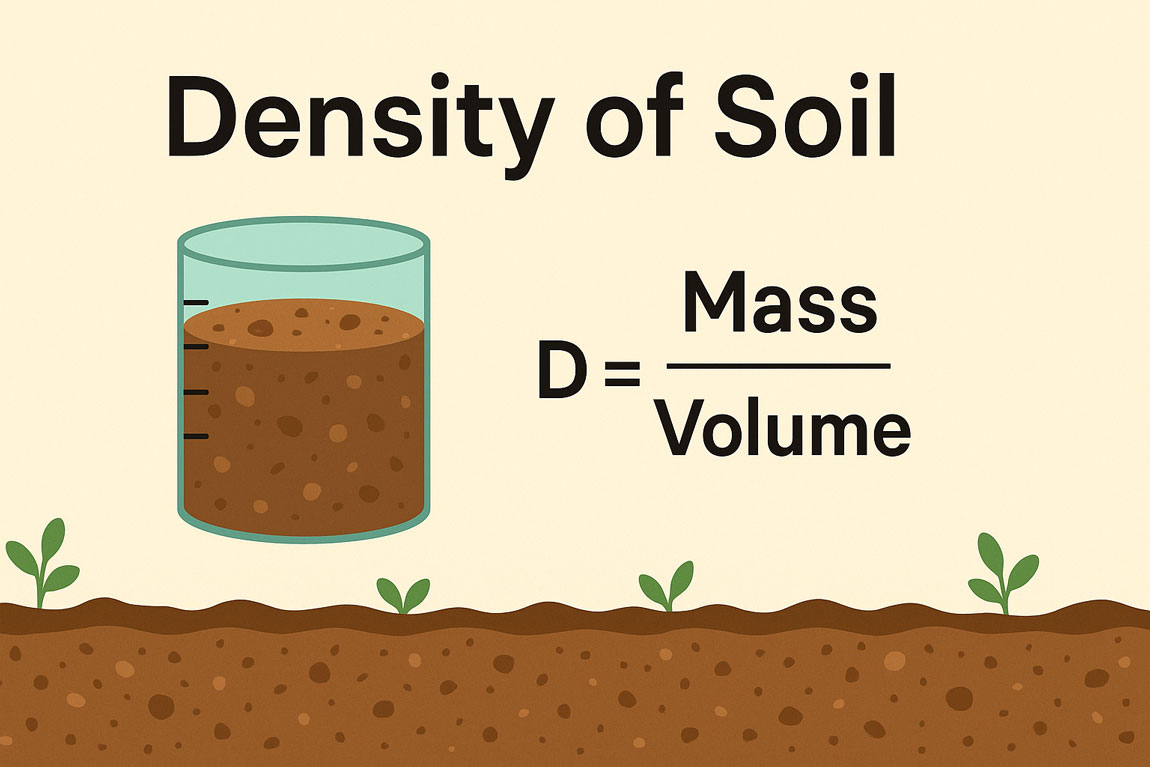Foraminifera are tiny, single-celled organisms with intricate shells called tests, made of calcium carbonate or agglutinated particles. These marine microorganisms are essential in geology and environmental science, helping date rock layers, track climate changes, and monitor ocean health. Their diverse shapes and structures make them key tools for understanding Earth’s history and ecosystems.
Definition of Foraminifera:
Foraminifera are Rhizopoda, which, with few exceptions, have a solid single or many-chambered test of a secretory origin (opal, calcium carbonate) or an agglutinated one. It is a unicellular organism.
Characteristics of foraminifera:
Composition of the test:
Agglutinated, calcareous, micro granular, calcareous hyaline perforate, wall structure in cross-section, changes in material and structure, including perforation during ontogeny in microspheres and mesospheric forms.
Proloculus:
Visible or not visible from outside, microspheres or mesospheric form.
Chambers:
Total number of chambers, number of chambers in the last whorl, number of whorls, shape-size, and internal structure of chambers.
Arrangement of Chambers:
Uniserial, biserial, plan spiral evolute or partly evolute, trochoidal-high, medium on low trochoid, multiline, biloculine, trilocular, etc.; annular or cyclic arrangement of Chambers.
Sutures:
Chamber suture, spiral suture; smooth raised or depressed, simple, direction in relation to test surface – straight, bent on curved backwardly or forwardly.
Aperture:
Position and shape, primary Simple, Single or multiple apertures, or modified aperture.
Ornamentation:
Smooth- shiny, rough, granular – fine to coarse.
Importance of Foraminifera:
- Foraminifera are ideal zonal indices for marine rocks, as they are small, abundant, widely distributed, and often extremely diverse.
- The intricate morphology they have allows for readily tracing evolutionary changes.
- Planktonic foraminifera provide an important intercontinental correlation of Mesozoic and Cenozoic rocks.
- Benthic foraminifera are used as indicators of the depth of deposition.
- The narrow temperature ranges of living planktonic species are useful tools in paleo-climatology, especially of Quaternary sediments.
- They are helpful in paleo-ecology and paleo-oceanography.
- Foraminifera can be used in monitoring pollution.






